Something to brighten your Sabbath
A note to the rabbi of a beleaguered congregation



External links are disabled on the kiosk. Please visit archive links from desktop or mobile devices.

















BACK TO TIMELINE
Sign up for weekly updates:
Success
Thank you for signing up.
Error
You're already a list member.
Error
An error occurred, please try again later.










































Sign up for weekly updates:
Success
Thank you for signing up.
Error
You're already a list member.
Error
An error occurred, please try again later.
The Leo Baeck Institute – New York | Berlin presents the year 1938 through the eyes of Jews, whose personal documents detail their experiences and the hardships they suffered as well as the growing tensions in Europe and diminishing hope for Jews in Germany and Austria.

Curated by Leo Baeck Institute – New York | Berlin
© 2018 Leo Baeck Institute
Website and exhibition design by C&G Partners

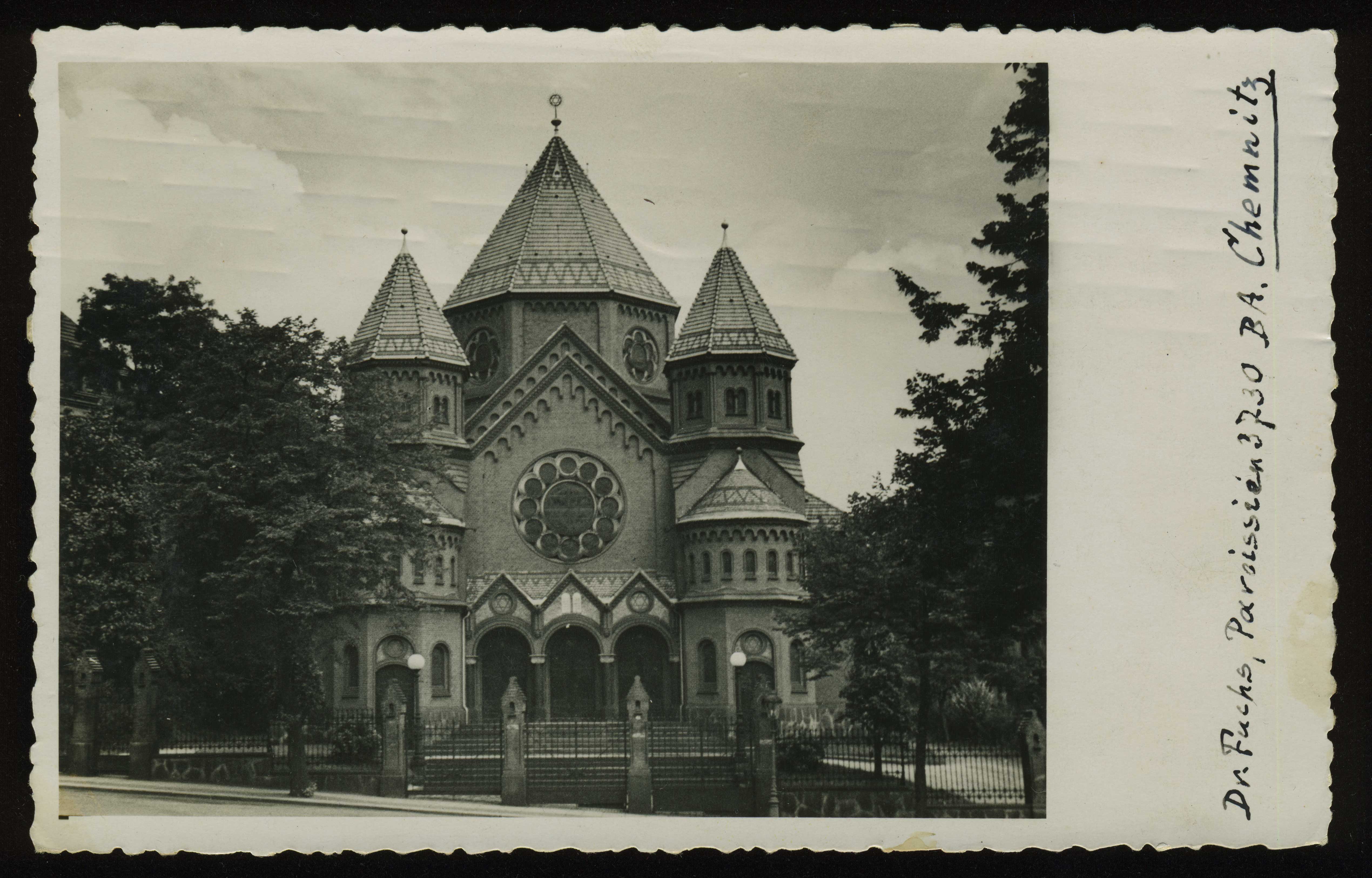
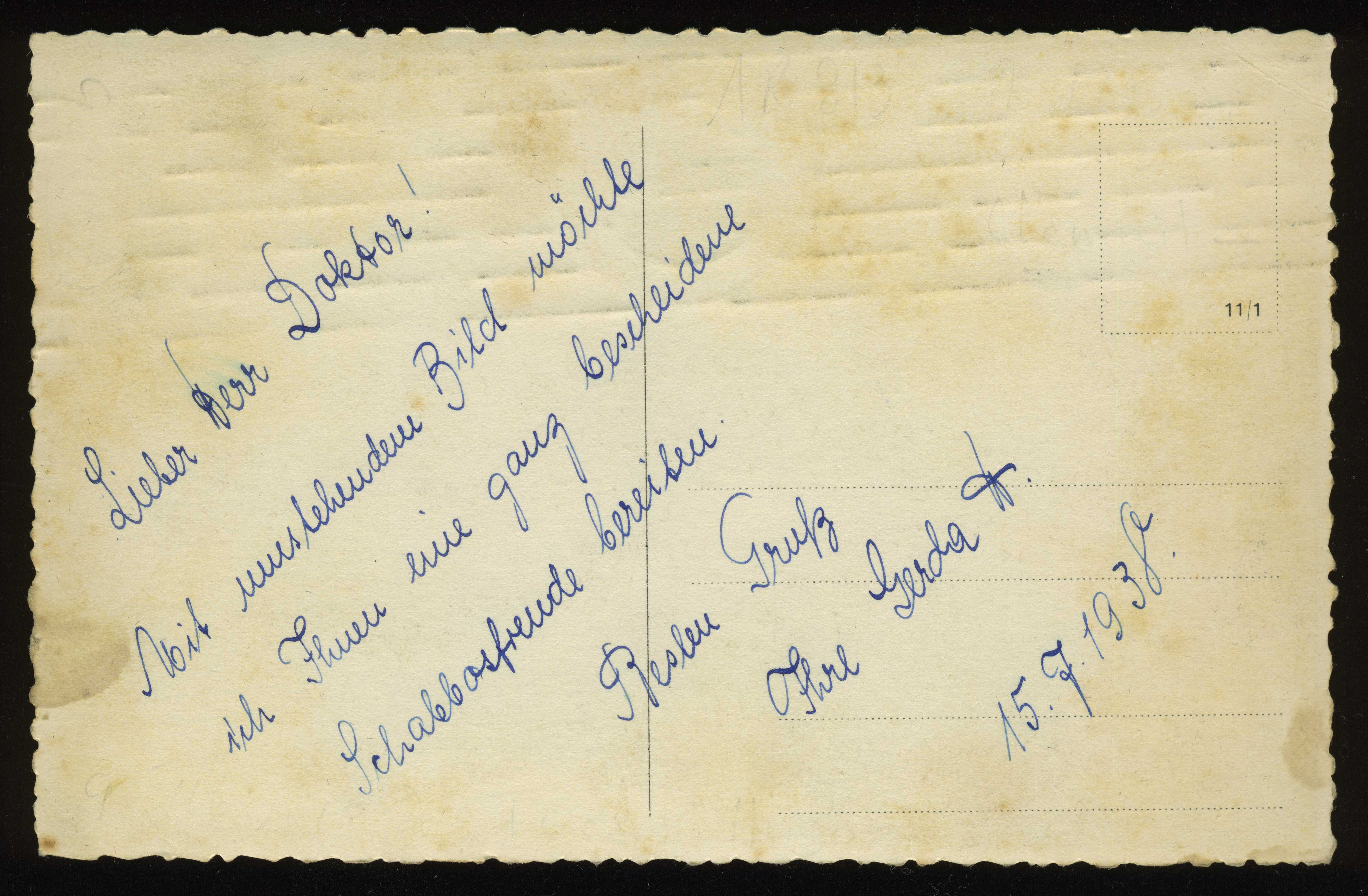
Chemnitz
After the prohibition of Jewish settlement in Chemnitz in the Middle Ages, it was not until the late 1860s that Jews could legally settle in the Saxonian city. By the end of the 19th century, the community had grown so large that its synagogue on Neugasse 3 no longer sufficed, and in 1899, Rabbi Dr. Mühlfelder festively inaugurated a new building at Stephansplatz. A number of smaller prayer rooms accommodated the religious needs of the Eastern European Jews who had been coming to the city since the beginning of World War I and over time began to constitute more than half of the city’s Jewish population. On a Friday in what must have been the congregation’s most difficult year to date, a woman named Gerda gave this photograph of the Synagogue to the congregation’s Rabbi, Dr. Hugo Fuchs, with a note expressing her hope that it might brighten his Sabbath.
SOURCE
Institution:
Collection:
Exterior view of the Chemnitz Synagogue and street scene 
Original:
F 1929



Curated by Leo Baeck Institute – New York | Berlin © 2018 Leo Baeck Institute
Website and exhibition design by C&G Partners